A Tour Through the Philippines
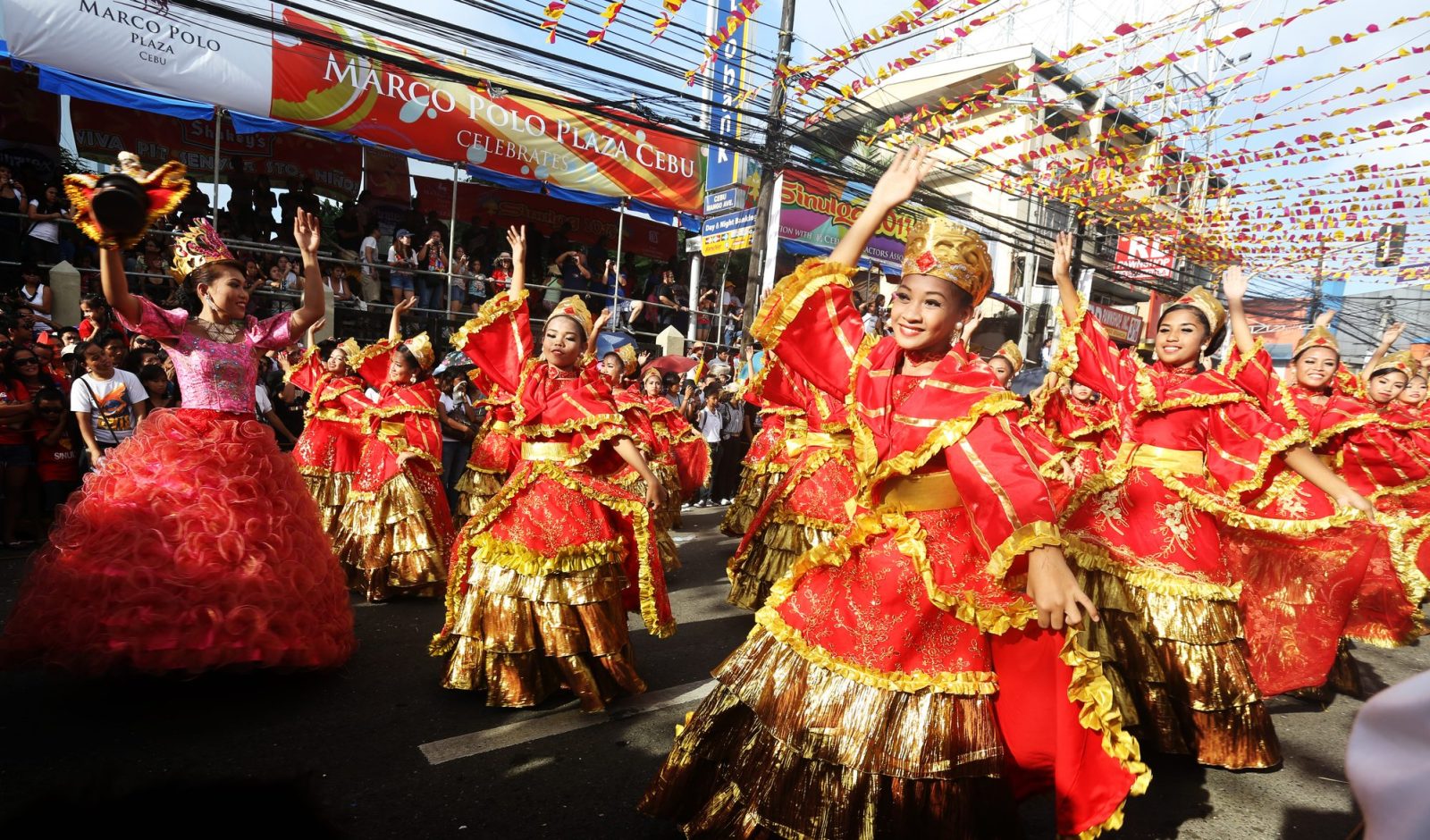
|
Getting your Trinity Audio player ready... |
A beautiful Southeast Asian country, the Philippines contains stunning beaches, a diverse culture, and friendly locals.

The Philippines consists of more than 7,000 islands. It is in the western Pacific Ocean and has sea borders with Taiwan and China to the north, Vietnam to the west, and Malaysia to the south.
The Philippines has three main geographical areas: Luzon, Visayas, and Mindanao. Luzon is the largest island and home to the capital city of Manila and other major cities like Quezon City and Caloocan. Visayas is a group of islands located in the central part of the country. At the same time, Mindanao is the southernmost island and the second-largest island. The Philippines has a total land area of approximately 300,000 square kilometers.
This country has over 110 million people, making it the 13th most populous country in the world. It also has a rich cultural diversity with over 100 ethnic groups and a mix of Spanish, Chinese, and American influences.
Filipino and English are the official languages of the Philippines. The country’s economy is strong and growing, with agriculture, manufacturing, and the service sector as its primary industries.
Culture
The Philippines have a rich and varied culture, shaped by their indigenous past, their time under Spanish rule, and their contact with the United States. Music, dance, and festivals, such as the Sinulog Festival in Cebu and the Ati-Atihan Festival in Aklan, celebrate the country’s traditions.
The food is also a unique mix of flavors and styles from different cultures. Filipino cuisine combines sweet, sour, and savory flavors to create dishes such as Pancit, a noodle dish, adobo, and lechon (roast pig).
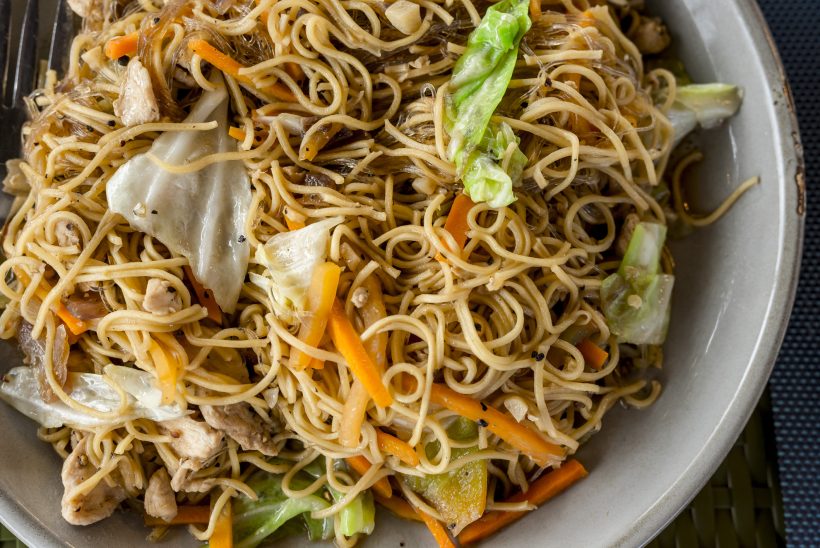
Religion is also an essential part of Filipino culture, and most people there are Roman Catholic. However, there are also significant Muslim and Protestant populations in the country.
Arts and literature are also popular in the Philippines. Jose Rizal, Nick Joaquin, and F. Sionil Jose are just a few of the well-known writers from the country. The country has a rich visual arts tradition, including sculpture, painting, and weaving.
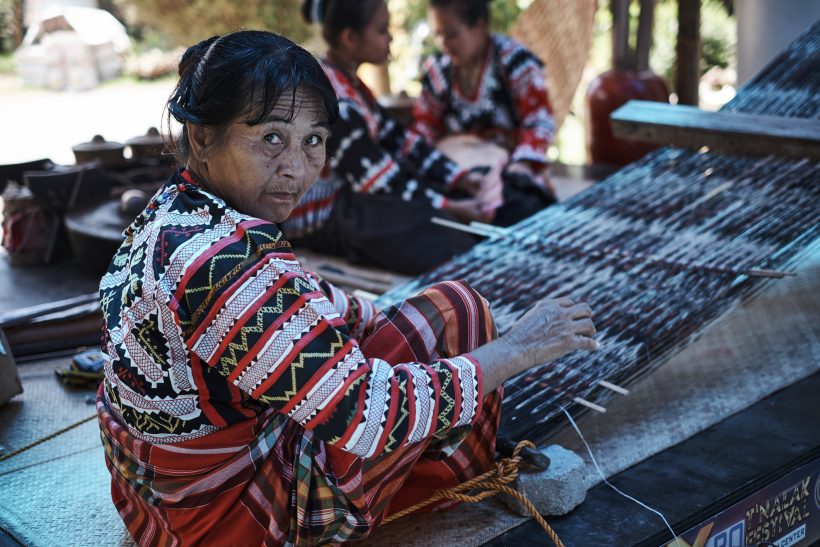
The Philippines is a country of warm and welcoming people. The concept of “bayanihan,” or communal unity, is a central part of Filipino culture.
Historical Background
Philippine history dates back to prehistoric times. Evidence shows that hominins inhabited what is now the Philippines 709,000 years ago. Bones found in Callao Cave are possibly from an otherwise unknown species, Homo luzonensis, that lived between 50,000 and 67,000 years ago.
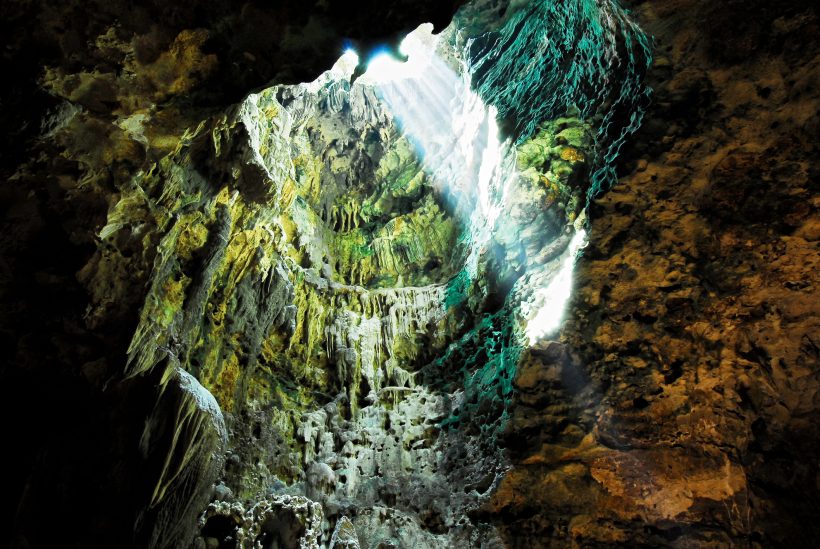
1565 marked the beginning of colonization when Miguel López de Legazpi arrived from Mexico. The Viceroyalty of New Spain in Mexico City ran the Philippines from 1565 to 1821. Following the Mexican War of Independence, the Viceroyalty of New Spain administered the Philippines from Madrid. Historically, Manila served as a trans-Pacific trading hub.

A statue of Miguel López de Legazpi the Spanish conquistador just outside of Fort San Pedro, Cebu City
Barasoain Church, in the province of Bulacan, was the Malolos Constitution’s writing place in 1899. This document set up the first Philippine Republic.
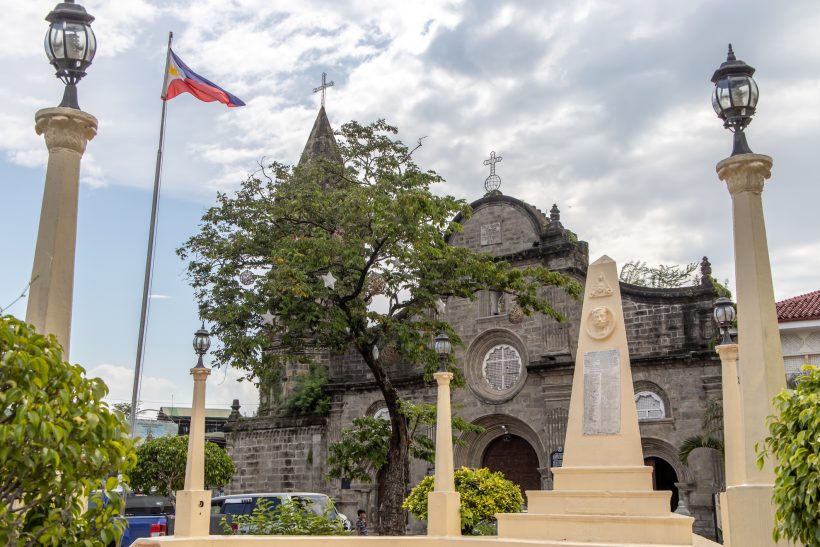
The Spanish–American War reached the Philippines in 1898. On June 12, 1898, Aguinaldo declared independence from Spain. On January 21, 1899, the First Philippine Republic came into existence. In 1902, an American civil government replaced the First Philippine Republic. The Philippines became an independent country when the Treaty of Manila was signed on July 4, 1946.
In spite these challenges, the Philippines has made significant strides in terms of economic growth and development. The country is a popular destination for tourism, with attractions such as the beaches of Boracay, the historic walled city of Intramuros, and the stunning rice terraces of Banaue.
Historical Sites and Monuments
The Philippines has a rich and diverse history, with many historical sites and monuments that reflect the country’s cultural heritage.
The walled city of Intramuros was built in the 16th century during the Spanish colonial era and is located in the center of Manila. It is home to several historical sites, including Fort Santiago, the San Agustin Church, and the Manila Cathedral.
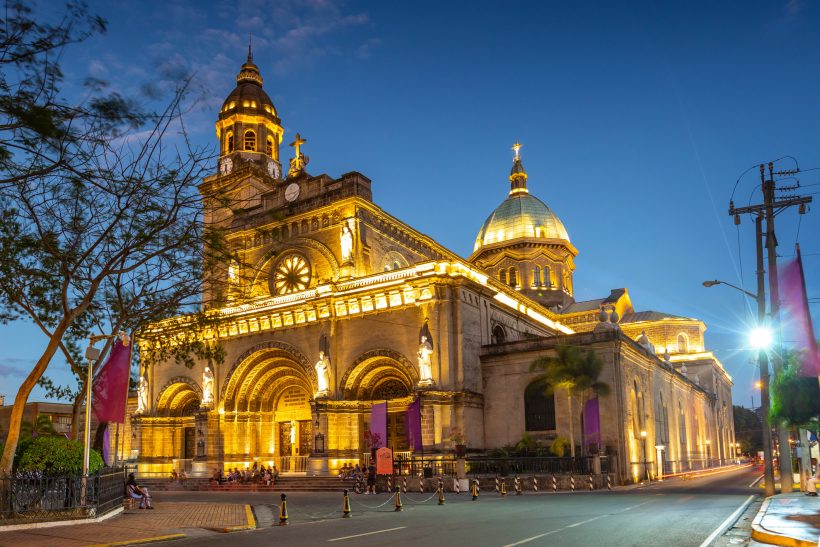
Rizal Park
Rizal Park is a large public park in the center of Manila and is named after the national hero Dr. Jose Rizal. It has several monuments and statues, such as the Rizal Monument, which remembers Dr. Rizal’s life and work.
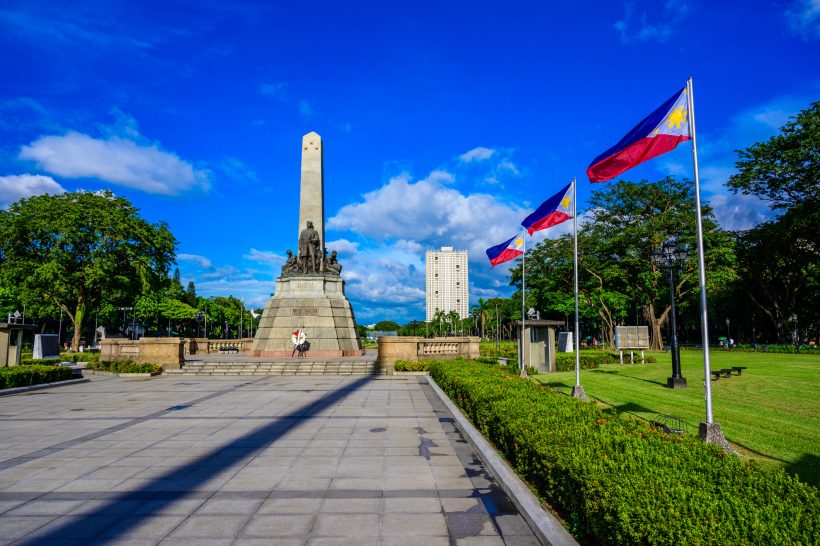
Banaue Rice Terraces
The Banaue rice terraces were built over 2,000 years ago by the Ifugao people and are one of the most impressive engineering feats of prehistoric times.
They are located in the northern part of Luzon and are a UNESCO World Heritage Site. The Banaue Rice Terraces are recognized for their stunning beauty and unique cultural significance.

Banaue Rice Terraces
Mactan Island
Mactan Island is in the Visayas region and is famous for being the site of the Battle of Mactan. The battle of Mactan took place in 1521 and was won by the national hero of the Philippines, Lapu-Lapu, over the Portuguese explorer Ferdinand Magellan.
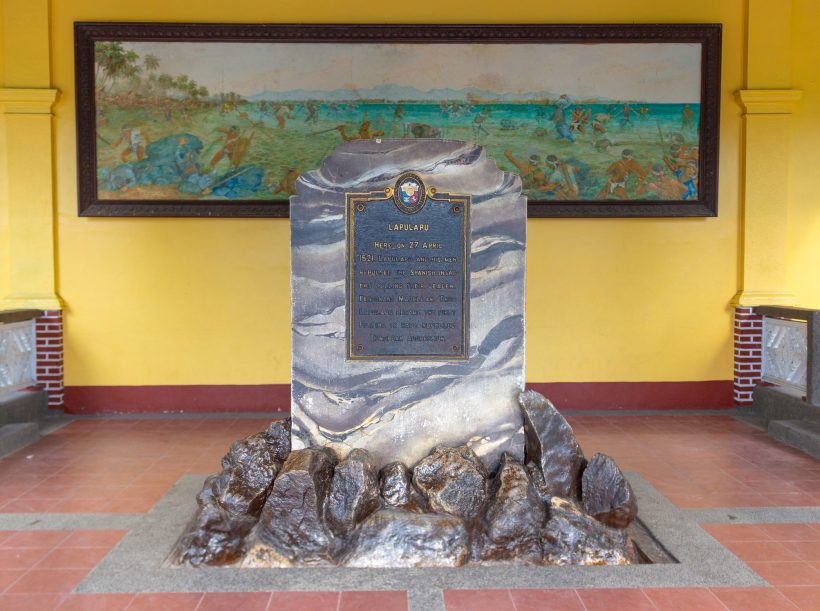
Cebu City
Cebu City is the oldest city in the Philippines and is home to several historical sites, including the Magellan’s Cross, which marks the arrival of Christianity in the country, and the Basilica del Santo Niño, the oldest Roman Catholic church in the country. Fort San Pedro is a military defense structure built in Cebu City when Spain ruled the area. It is the oldest and smallest fort in the country and has played a significant role in its history.

First cross in the Philippines that was brought during the expedition of Ferdinand Magellan.
Aguinaldo Shrine
Aguinaldo Shrine in Kawit, Cavite, is the home of the Philippine Declaration of Independence. General Emilio Aguinaldo said in 1898 that the Philippines was no longer a part of Spain.

The Chocolate Hills
The Chocolate Hills are a unique geological formation in Bohol. They consist of over 1,000 cone-shaped hills that look like giant chocolate mounds when they turn brown during the dry season.
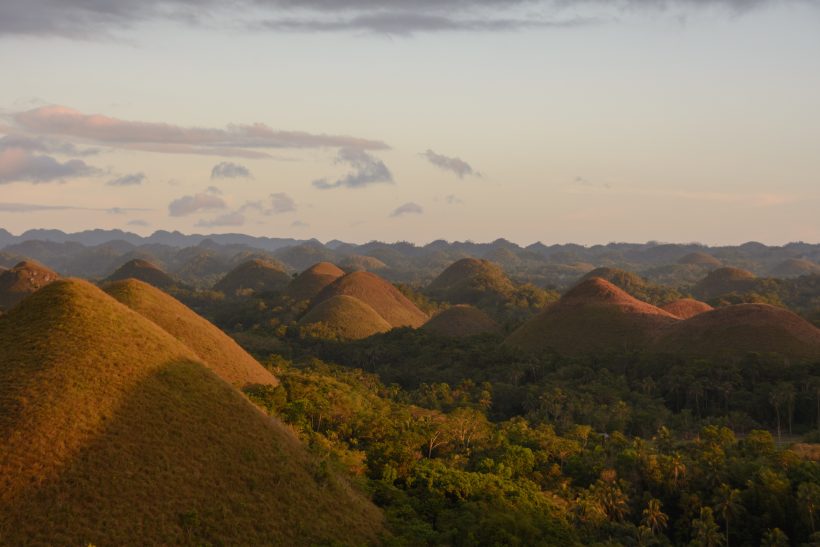
Vigan
Vigan is a city in the northern part of the Philippines known for its well-preserved Spanish colonial architecture, including cobblestone streets and colonial-era houses.
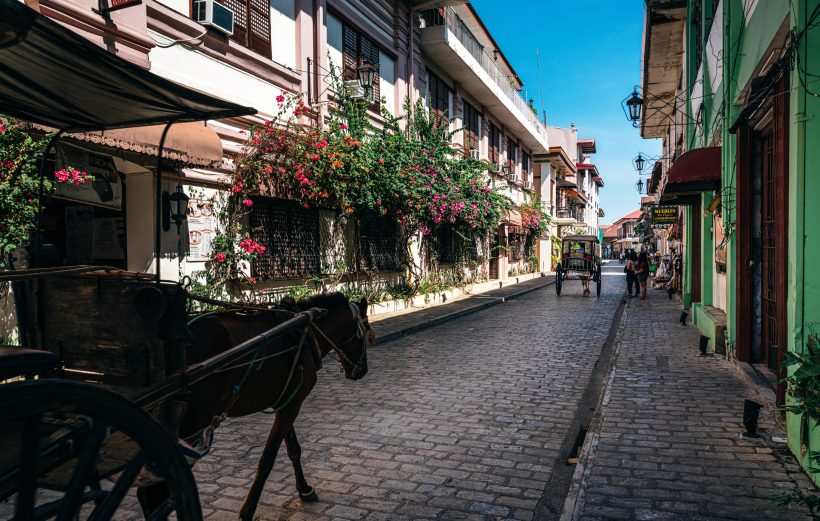
Davao
Located in the southern part of the Philippines, Davao is known for its natural beauty, including the Mount Apo National Park and the Philippine Eagle Center.

Islands and Beaches
The Philippines is known for its beautiful beaches and islands with soft white sand and clear blue water.
Palawan Islands
Palawan consists of a group of islands in the western Philippines. The Underground River, the El Nido Marine Reserve, and the Tubbataha Reef are found here.
The Underground River is one of the most popular places to visit in the Philippines. It is in the Puerto Princesa Subterranean River National Park in Palawan and is a UNESCO World Heritage Site and one of the New 7 Wonders of Nature.

The Underground River is an 8.2 km-long underground river that flows through a spectacular cave system filled with rock formations, stalactites, and stalagmites. Visitors can take a guided boat tour through the river, which takes about 45 minutes and includes views of unique features such as the “Cathedral,” an open cavern with a high vaulted ceiling.

Aside from the beautiful scenery of the underground river, the national park is also home to a wide range of plants and animals, such as over 800 plant species, several bird species, and several mammal species, such as the Palawan bearcat, found on Palawan.
Siargao Island is a small island in the eastern part of the Philippines. It is known for its world-class surfing spots, such as Cloud 9. It also has beautiful beaches and waters that are as clear as glass, which makes it a popular place to relax and do water sports.

Panglao Island is a small island off the coast of Bohol, Panglao and is known for its white sand and clear water beaches. It’s also a popular place to snorkel and dive.
Camiguin Island is a small island in the south of the Philippines. It is known for its beautiful beaches and natural sights like waterfalls, hot springs, and volcanoes.
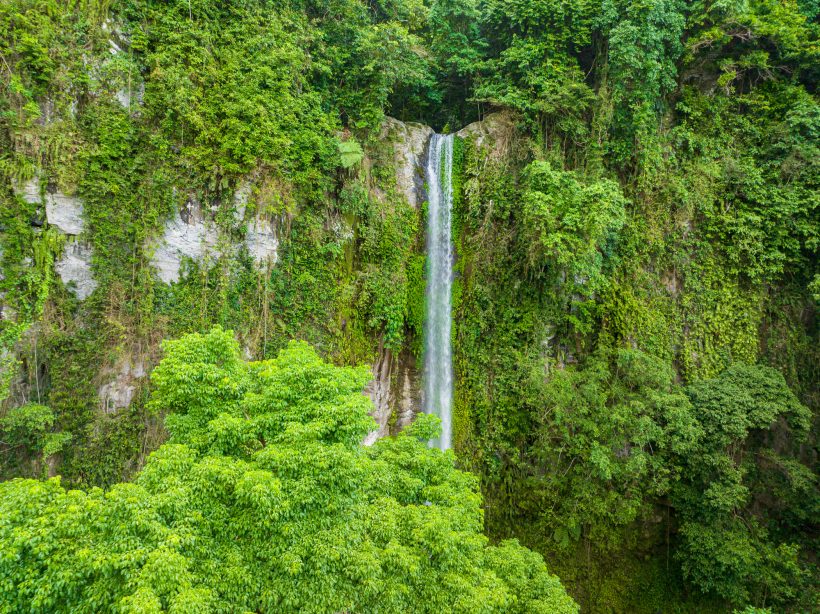
Coron Island
The Calamian Islands, including Coron, are north of Palawan. It is known for its beautiful beaches, clear water, and shipwrecks from World War II, which make it a popular place for diving and snorkeling.
Festivals
People know about the Philippines because of its bright and lively festivals, which show off its many different cultures.
Here are a few of the most popular festivals:
Sinulog Festival
The Sinulog Festival is a celebration held in Cebu City on the third Sunday of January to honor the Santo Nio. The festival has street parties, parades, and a religious procession.
Ati-Atihan Festival
The Ati-Atihan Festival honors the Sto. Nio de Kalibo takes place in Kalibo, Aklan, every third week of January. The festival has a street parade, dance shows, and a coloring contest where people wear fancy costumes and paint their bodies.
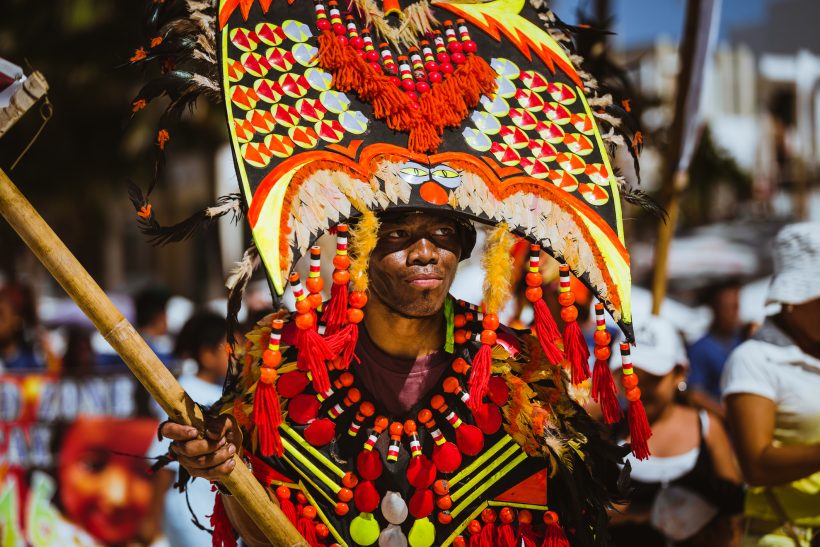
Dinagyang Festival
Every fourth Sunday of January, Iloilo City celebrates St. Nio with the Dinagyang Festival. The festival includes a street dance competition, a religious procession, and cultural shows.


















